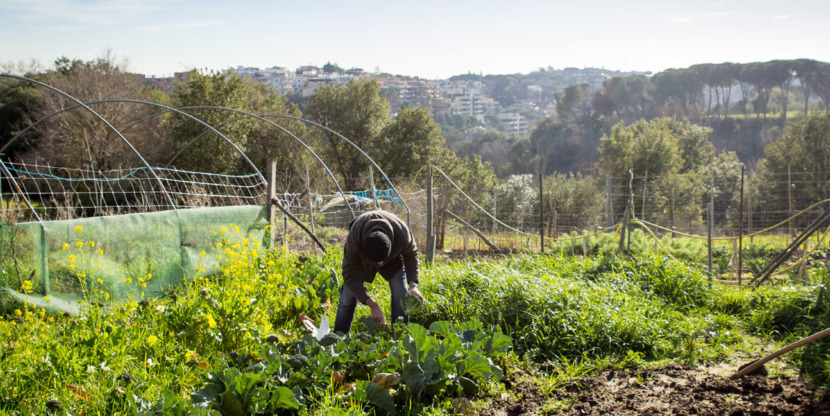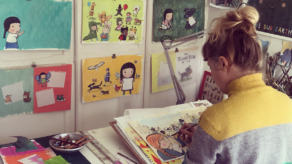The kitchen gardens of Rome

What stories from around the world are we not hearing about on the TV or in the news? In every issue, correspondents write about their experiences in the countries where they live. Here, Angelo van Schaik describes the homegrown food in the gardens of Rome.
The doorbell rings. My neighbor Fabrizio pushes a dish of homemade tortellini and a pan of broth into my hands. “I heard that you were sick and I was making this anyway,” he says. “Have some tortellini in brodo, it’s good for you.” And he’s gone. The tortellini tastes divine, and I later learn that he had spent the whole day searching for the best ingredients, making the dough and cooking the meat.
After sixteen years of living in Rome, I have learned one thing for sure: Food is important here. Not the time or the setting—the best restaurants are often not notable for their ambiance—but the food itself. Eating is practically a religion in this country, so Italians spend a lot of time and energy on it. They go to their trusted butcher, to the organic market for the best vegetables and the most beautiful fruit, and prefer to cook everything themselves from scratch. Buying ready-made food from the supermarket is deeply frowned upon.
Kitchen Garden with a View
Fabrizio works as a journalist for the Italian RAI television network, and hails from Bologna. He lives with his wife and two children in the same palazzo as I do—they’re on the ground level and I’m on the fourth storey. As far as Fabrizio is concerned, the cuisine of the Emilia-Romagna region around Bologna is the best in Italy—no, in the world. (Surprisingly, Fabrizio’s Tuscan wife, Teresa, has a different view: “Tuscany—now that’s the best place for really delicious food.”) The tortellini in brodo (stuffed pasta in broth) is a traditional dish from Fabrizio’s home region, and he prepares it with pride and care—the same care with which he tends to his vegetable patch.







